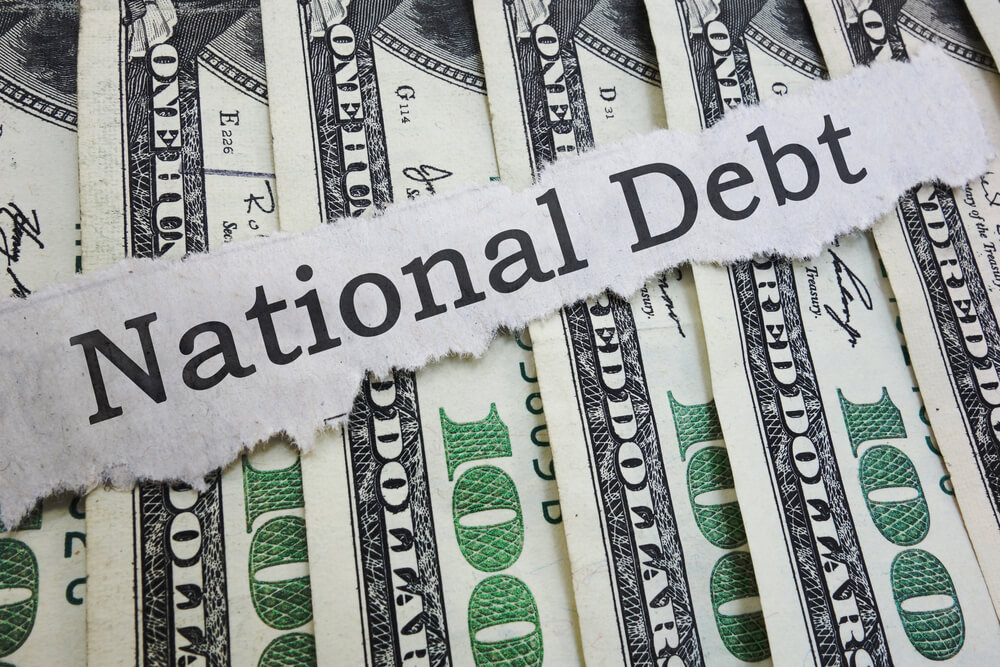As the U.S. federal debt continues to balloon more than $22.5 trillion, President Donald Trump suggested “refinancing” the burden in a tweet Wednesday, but would that really work?
“The Federal Reserve should get our interest rates down to ZERO, or less, and we should then start to refinance our debt,” Trump said in his tweet.
David Wilcox, senior fellow at the Petersen Institute for International Economics, told Yahoo Finance that “it won’t work,” because the national debt isn’t like someone’s mortgage or auto loan.
“How it works in the mortgage world and much of the corporate debt world is not how it works in the Treasury debt world,” said Wilcox, who also is a former head of research at the Federal Reserve.
Trump is always searching for ways to inject some stimulus into the U.S. economy, which is on its longest period of economic expansion in recorded history. He continued to blast the Fed and Chair Jerome Powell over Twitter this week, calling the central bankers “Boneheads” for their approach to key interest rate policy. The president wants interest rates at 0%, or even negative.
….The USA should always be paying the the lowest rate. No Inflation! It is only the naïveté of Jay Powell and the Federal Reserve that doesn’t allow us to do what other countries are already doing. A once in a lifetime opportunity that we are missing because of “Boneheads.”
— Donald J. Trump (@realDonaldTrump) September 11, 2019
The problem lies in the type of debt. Mortgages are “callable,” so someone could potentially pay off their debt earlier than what the terms call for. It can be a boon for homeowners when interest rates fall because refinancing means a lower set rate and lower monthly payments.
But debt issued by the Treasury isn’t so lucky. The U.S. government doesn’t have the ability to repurchase Treasurys at a lower face value when needed. The secondary market is available for bond purchases, but the market sets those rates.
Callable debt has been used by the government before, according to Yahoo Finance. But a borrower usually has to deal with higher interest rates if they want the ability to repurchase the debt later, which means borrowing costs would rise.



